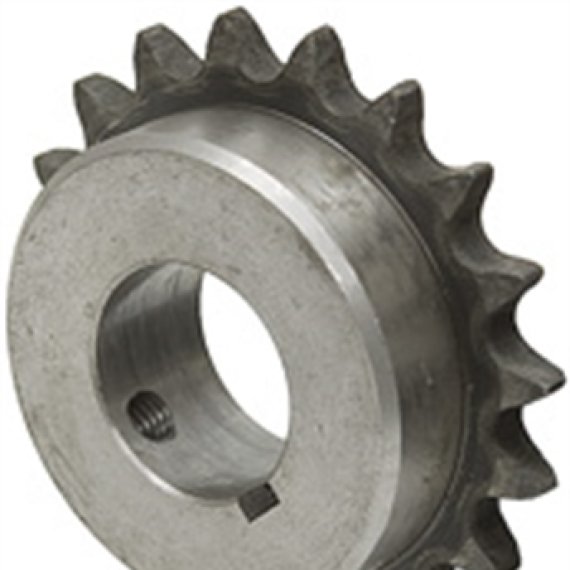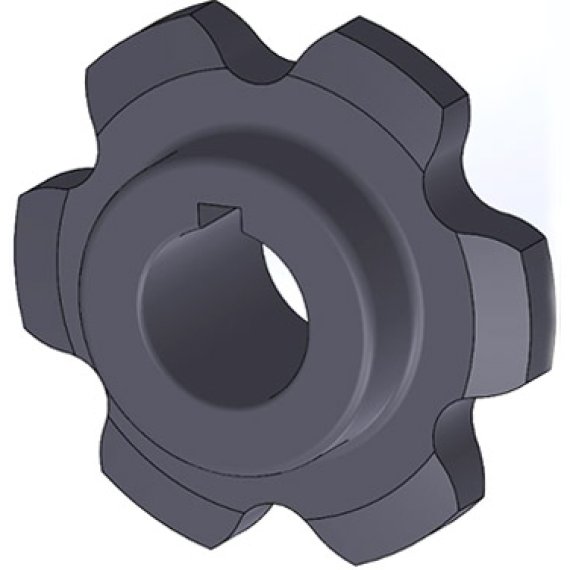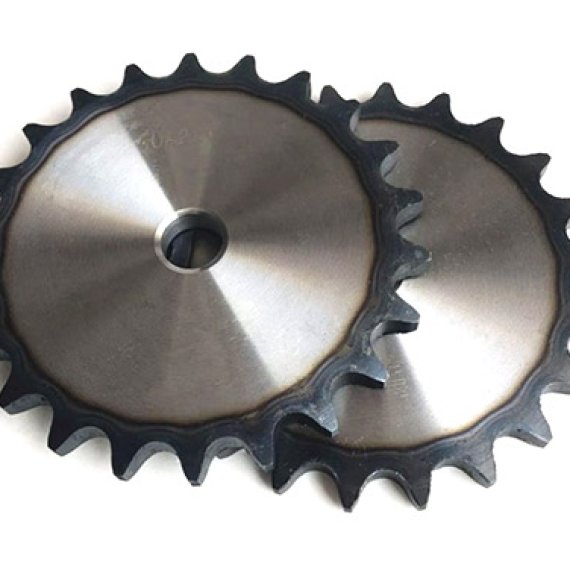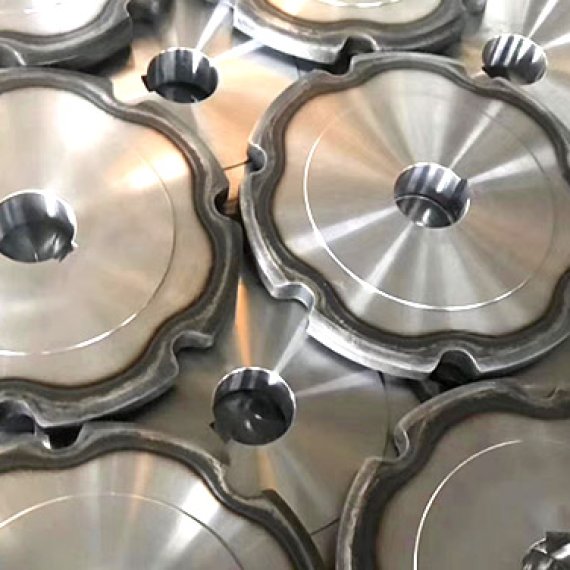Min. Order: 1
Port: Qingdao, China
Production Capacity: 100000PCS/Month
Payment Terms: L/C, T/T, D/P, Western Union, Paypal, Money Gram
Application: Manufacturing Plant, Machinery Repair Shops, Food & Beverage Factory, Farms , Energy & Mining
Manufacturing Method: Rolling Gear
Toothed Portion Shape: Curved Gear
Material: 1020, 1045, SS304 , SS316; As User Request.
Standard or Nonstandard: Standard
Certification: ISO90001, SGS
Treatment: Carburizing, High Frequency Treatment, Nitriding, etc.
Packing: Plastic Bag+carton+pallet, Wooden Case or Customized Packing
Application: Manufacturing Plant, Machinery Repair Shops, Energy & Mining, etc.
























